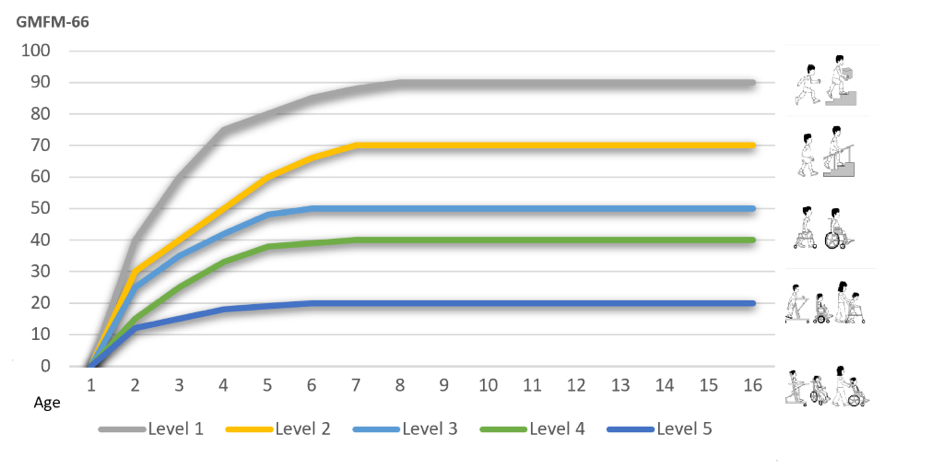What is Cerebral Palsy?
Cerebral Palsy is a disability that affects movement and muscle posture or tone. It is caused because of brain damage that happened before the baby was born, at birth, or as a baby. It is not that the whole brain is damaged, only certain parts of it. The damaged parts mainly relate to the ability to control movements. Once the part of the brain is damaged, the parts of the brain do not recover and do not get worse.
In general, cerebral palsy causes impaired movement associated with abnormal reflexes, floppiness or rigidity of the limbs and trunk, abnormal posture, involuntary movements, unsteady walking, or some combination of these.
People with cerebral palsy may have difficulty swallowing, strabismus, communication difficulties and may have restricted range of motion and muscle stiffness. In addition, people can suffer with epilepsy, blindness or deafness.
CP can be very varied. Some people with CP can walk and others cannot and need help, a wheelchair or crutches for example. Some people with CP have relatively few intellectual disabilities, but others have intellectual disabilities.
Causes of Cerebral Palsy
Cerebral palsy is caused by an abnormality or disruption in brain development, most often before a child is born. In many cases, the cause isn’t known. Factors that can lead to problems with brain development include:
Causes before birth:
- Infections of the mother while she is pregnant. These include German measles (rubella), chicken pox, cytomegalovirus (CMV), and some bacterial infections.
- Differences between the blood of mother and child (Rh incompatibility).
- Problems of the mother, such as gestational diabetes or toxemia of pregnancy.
- Inherited.
- No cause can be found in about 30% of the children
Causes around the time of birth:
- Prematurity.
- Birth injuries from difficult births.
- Lack of oxygen
Causes after birth:
- Very high fever due to infection or dehydration (water loss from diarrhea).
- Brain infections (meningitis, encephalitis), including cerebral malaria and tuberculosis.
- Head injuries.
- Lack of oxygen
- Poisoning
- Bleeding or blood clots in the brain, mostly unknown cause.
- Brain tumor.
Different levels of Cerebral Palsy
There is a classification system for the gross motor functional possibilities. The parts sitting, walking, and wheeled mobility are included. Called: Coarse Motor Performance Classification System (GMFCS). The GMFCS has 5 classes, from I (least affected) to V (most affected). See the schedule below:
Description per level
MFCS Level I
Walking at home, at school, outside and in the community is going well.Children can climb stairs without using a handrail. Children run and jump, but speed, balance and coordination are limited.
GMFCS Level II
Children can usually walk independently and can climb stairs, for this they must hold on to a railing. They have difficulty walking long distances, balancing on uneven terrain, slopes. It gets worse when the child is in a busy area or confined space. For long distances, children use physical assistance, a tool for mobile mobility or mobile mobility. The gross motor is minimal, such as running and jumping.
GMFCS Level III
The children walk indoors with an aid to support mobility. With assistance the children can climb stairs, for this they must hold on to a railing. Children use a walking frame at short distances and a wheelchair for traveling at a long distance.
GMFCS Level IV
Children need help and use mobility methods. Children often need physical assistance or a body support walker when in position.At school, outside and in the community, children are transported in a manual wheelchair or with electric mobility.
GMFCS Level V
These children are wheelchair dependent. Head and torso postures and gravity movements are limited and they have difficulty controlling leg and arm movements.

The graph shows the motor development by age, according to the Gross Motor Function Measure (GMFM-66). The GMFM-66 is a screening tool to determine gross motor functioning in children with CP. As you can read in the graph is that a child in level 1 has a grove-meteorological development longer than a child in level 5. A child in level 5, the top is then reached earlier. From the age of 7-8 it can be concluded that the coarse-metric development stabilizes.
We realize that this video was not made in an African setting, but is explains the GMFCS very well.